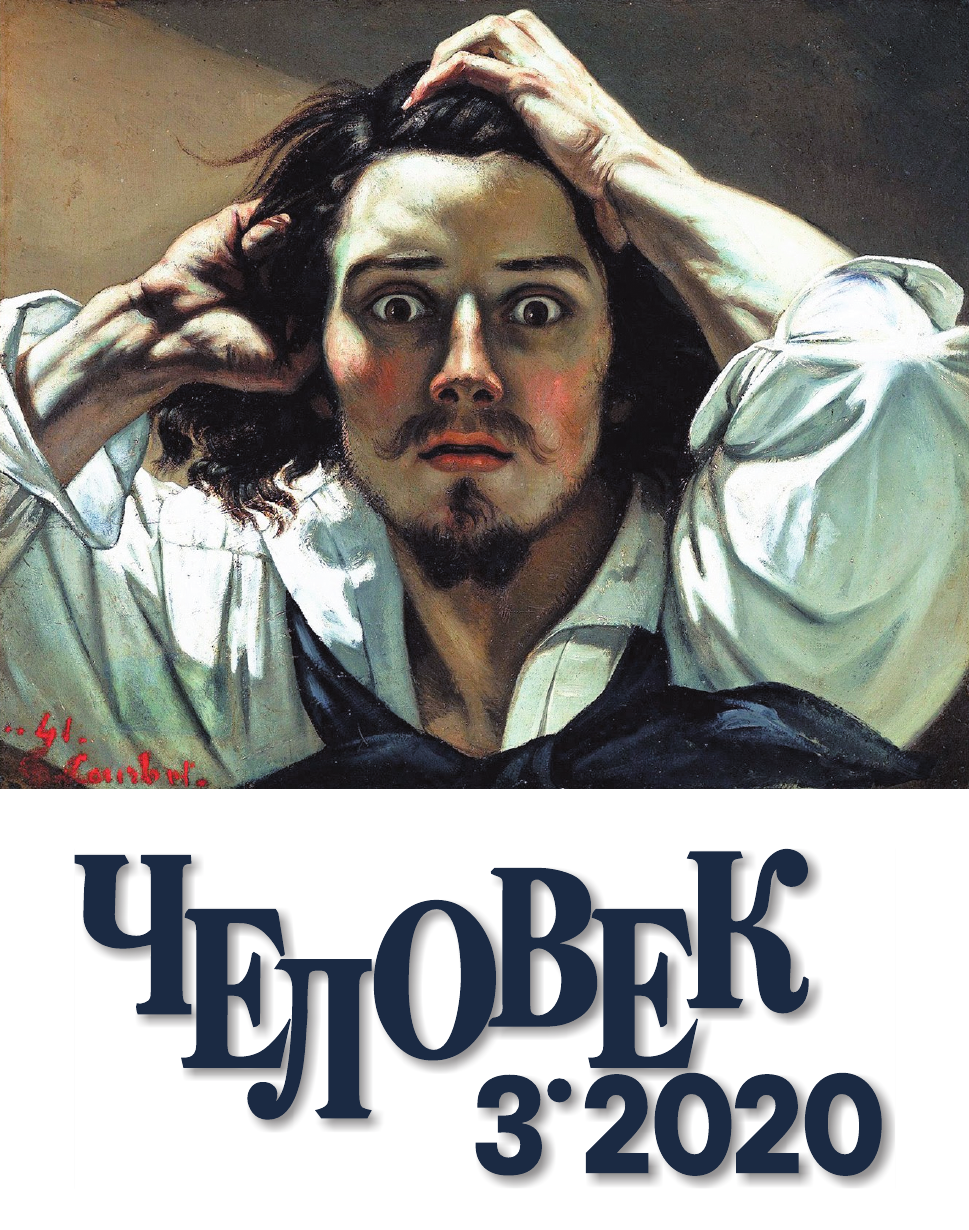The poet-philosopher Ivan Oreus-Konevskoy — a cult figure of “Russian Northernship” of the Silver Age
Keywords:
Oreus-Konevskoy, Bryusov, Blok, Mandelshtam, Pasternak, Voznesenskiy, Poetry, Philosophy, Russian Northernship, Silver AgeAbstract
The article examines the philosophical and literary tradition of “Russian Northernship”, which goes in Russia from Derzhavin, Vyazemsky, Pushkin. Its key figure at the turn of the XIX–XX centuries was a young Russian poet of Swedish origin Ivan Konevskoy (1877–1901; real name — Ivan Ivanovitch Oreus). The author explores the formation in Russia of the Silver age the real «Cult of Konevskoy» (who tragically died in Zegevold/Sigulda in July 1901). In its creation the author's native grandfather — the art critic and memoirist S.G. Kara-Murza (1878–1956) — played a significant role. According to the author of the article, Aleksandr A. Blok and Valeriy Ya. Bryusov were direct literary heirs of Ivan Konevskoy. The poet Konevskoy played a major role in the fate of Osip Е. Mandelstam, who lived in 1906 in Zegevold, repeatedly visited his grave and created a number of poetic and memoir works, which clearly shows the “trace of Konevskoy”. In turn, the poet Boris L. Pasternak was under the great creative influence of Ivan Konevskoy, especially during the period of writing his first poetry collection “Twin in the clouds” (1914). The author of the article hypothesizes that the famous poem of the young Andrei A. Voznesenskiy (the closest pupil and poetic heir of Pasternak) “Autumn in Sigulda” (1961) was written under the direct influence of creativity and reflections on the tragic fate of Ivan Konevskoy.






